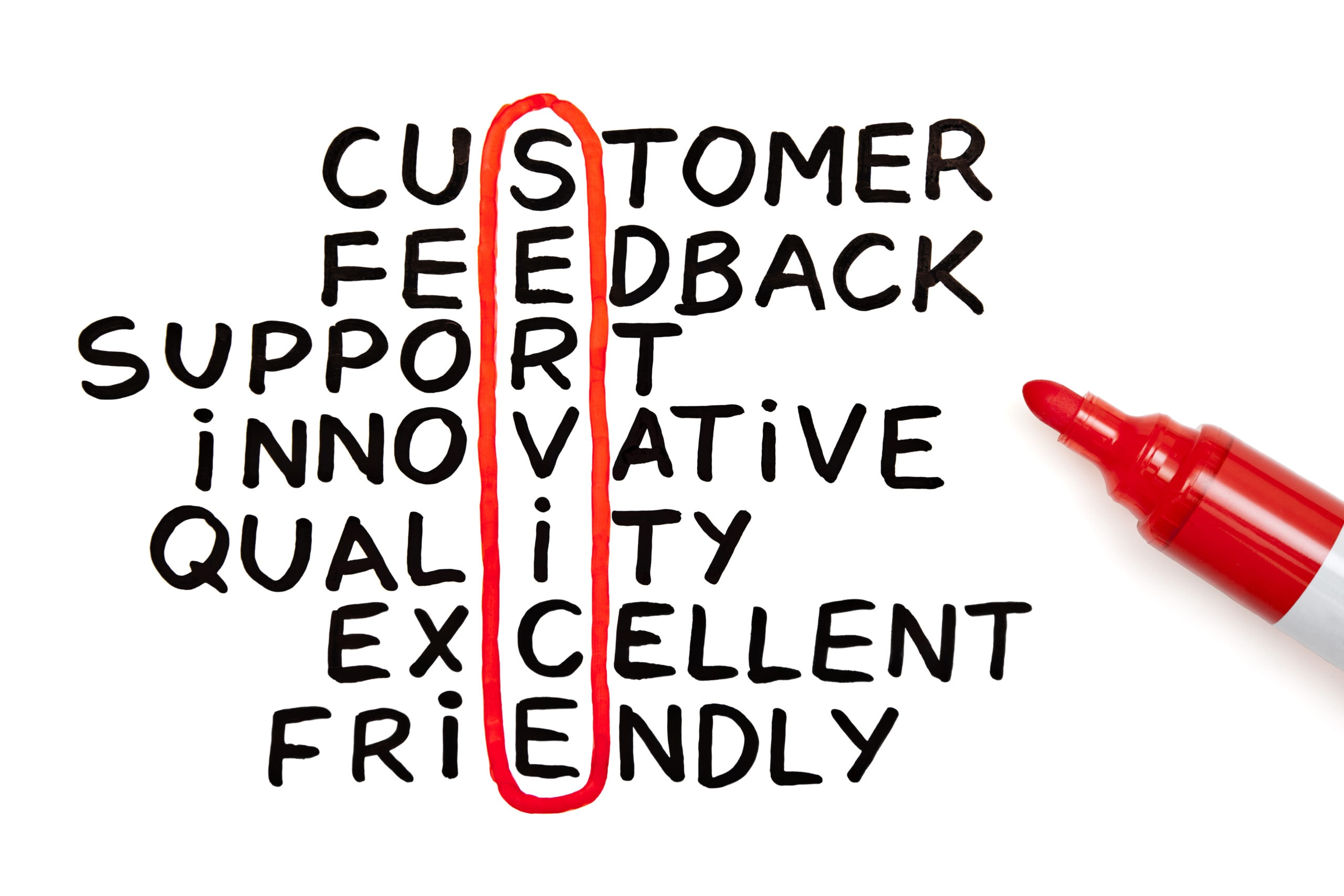
You come home from work and discover that you received a direct mail piece. Nice! We all love mail. But then you talk to your neighbor, and they got the same piece in their mailbox. Then you talk to another neighbor, and they got one, too. So did the neighbor across the street and the neighbor the next road over. So much for feeling special.
Personalization matters. It makes people feel valued, especially when it arrives in print. Digital personalization is all around us, from Amazon recommendations to shopping cart abandonment reminders, but personalization in print marketing is less common. It stands out.
While personalization in print stands out for relevance, it increasingly stands out for another reason: respect. What do we mean by that?
Personalizing your print communications shows respect for the recipient’s time. Nobody has time for irrelevant mail anymore. Buyers know that personalization is possible—they even expect it. They look for it, and they recognize it when they see it. By personalizing the piece, the recipient knows that you’ve taken the time to create something just for them. They know that when they open it, they are less likely to find something irrelevant that is a waste of their time.
It’s no wonder that, in a classic InfoTrends study on the value of print personalization, when consumers were asked how providers can improve the value of their direct mail communications, two of the top three responses were “make them relevant to me” (34%) and “personalize the content for me” (28%). Do you know the top reason for marketers to personalize their transactional mail, in particular? “Make it easier to understand,” with 43% giving this answer. This, again, shows respect for the recipient’s time.
It’s no wonder that when asked how personalization affected the amount of time consumers spent with marketing mail, nearly half (49%) agreed that they spend “much more time” reading direct mail that is “personalized and relevant” to them than they do with generic direct mail.
The data continue to tell the story. You’re missing a massive opportunity if you’re not personalizing your print or digital communications. Need to get started? Let’s do it!

When two companies offer similar products, what differentiates one from another? It’s more than price. When it comes right down to it, there is something even more important. It’s the customer experience.
While “customer experience” can be an overused buzzword, there is a lot of truth behind its importance. At lunchtime, for example, there might be a deli right down the street that makes the best pastrami on rye in the entire country, but if the floor is dirty and the people behind the counter are snarky and rude, it doesn’t matter. You’ll go somewhere else.
The same occurs at the retail level. Take the example of Nordstrom’s, which has been regularly praised by the National Retail Foundation as both setting and raising the standard for customer experience. Nordstrom customers know that when they shop at one of its stores, they will not only find premium merchandise, but they will be treated with value. From their interaction with employees to the chain’s policies designed to enhance speed and convenience, shoppers may buy the same merchandise at other high-end retailers, but they won’t be treated the same way.
Customer experience matters. With so many brands competing for the same customer dollars, experience can become the main differentiator between one company and the other. Not just in a positive way, but in a negative way, as well. In fact, Microsoft found that 58% of American consumers will switch companies because of poor customer service.
That’s why we put so much emphasis on customer experience at ImageMark. We hope that, when you interact with any of our team members, you feel that we really care.
- From how you are greeted when you first contact us, to how promptly and professionally your estimate is handled, we hope that you feel respected and valued from the very first moment.
- If you have questions, we hope our salespeople and customer service team answer those questions promptly and offer suggestions genuinely designed to benefit your business and marketing plans, whether they improve our bottom line or not.
- When things go wrong, we hope that you know that we will take full responsibility for anything that is on us, and we will make it right, no matter what it takes.
- We hope that you do business with us, not just because of the value we offer in print and marketing services, but because you feel that you matter to us and that we value the projects you are doing.
If there is any area in which your customer experience falls short, let us know! We want to exceed your expectations because we know that, even though we take great pride in the print and marketing services we offer, a great customer experience is the greatest value we can provide.

Are you up for a surprise? In a customer satisfaction study of 10 major industries, nearly three-quarters (72%) of respondents indicated that they were delighted with the products or services they purchased, yet 88% said that they were willing to switch providers for any reason!
How can this be? If customers are happy with the products they buy, how can they switch so easily? Because so many companies offer products and pricing similar to one another’s. That’s why maintaining customer loyalty takes more than the basics. You have to make people feel valued, not just by offering them great stuff, but by how you treat them. Give them a great customer experience.
According to Price Waterhouse Coopers, 73% of consumers consider customer experience important in purchasing decisions. This means that all things being equal, they will go where they feel most valued and appreciated.
That’s why a consistent, high-quality drip of customer communications is so important. It makes customers feel noticed and valued, not just when you want them to purchase something.
- Set up a series of “nurturing” mailers throughout the year. Make it a continuous client contact program that demonstrates that you are sincerely grateful for their business at regular, pre-planned intervals.
- Use the data you’ve collected to grow your relationship with these customers. Offer valuable tips, newsletters, and case studies that remind clients of your commitment to service, value, quality, innovation, and loyalty.
- If you are going to cross-sell or upsell, make those suggestions valuable and relevant to your customers based on the information you have collected, such as their past purchases or subscriptions that are expiring.
- Ask for their feedback. People love when you ask their opinions. Now act on what you learn. Communicate through tangible actions that you not only care about what they have to say but are willing to act on it, too.
Direct mail isn’t just for customer acquisition marketing anymore. It is a critical part of effective customer retention.
